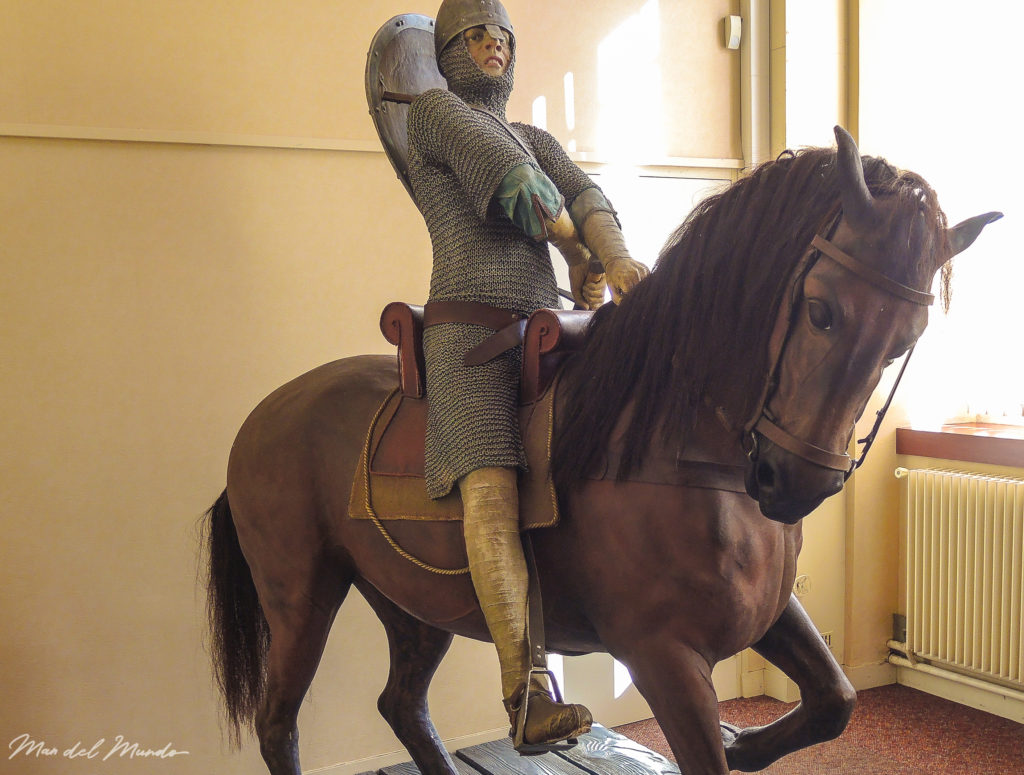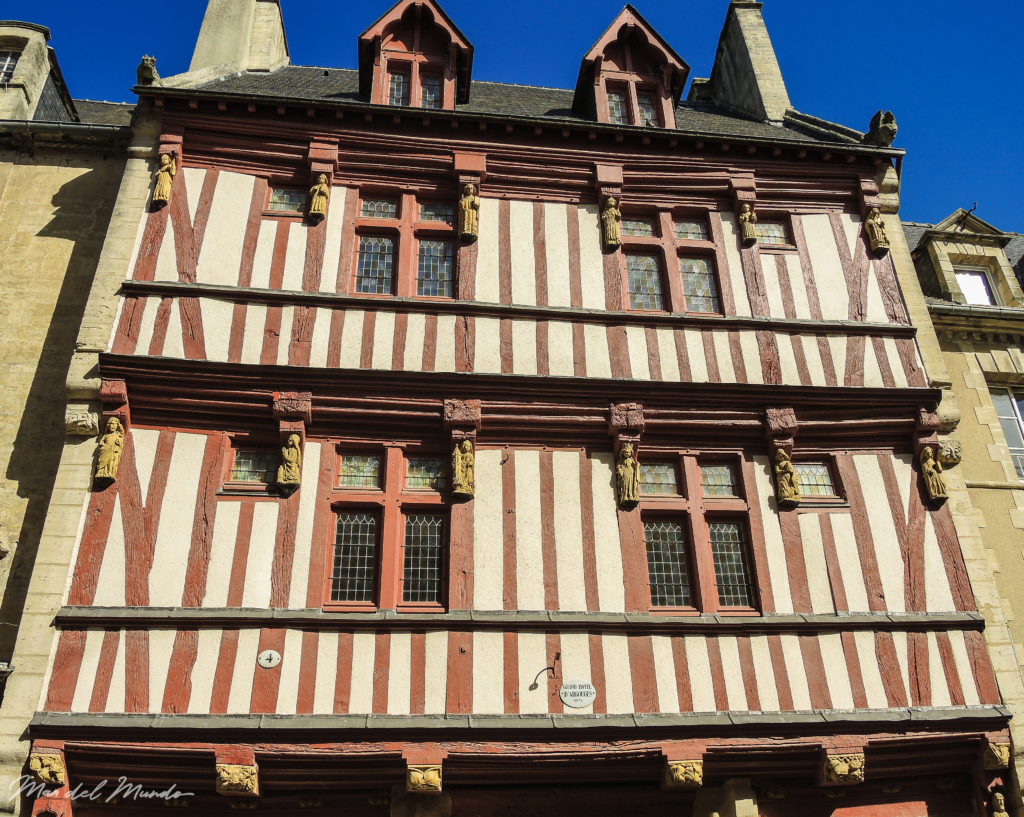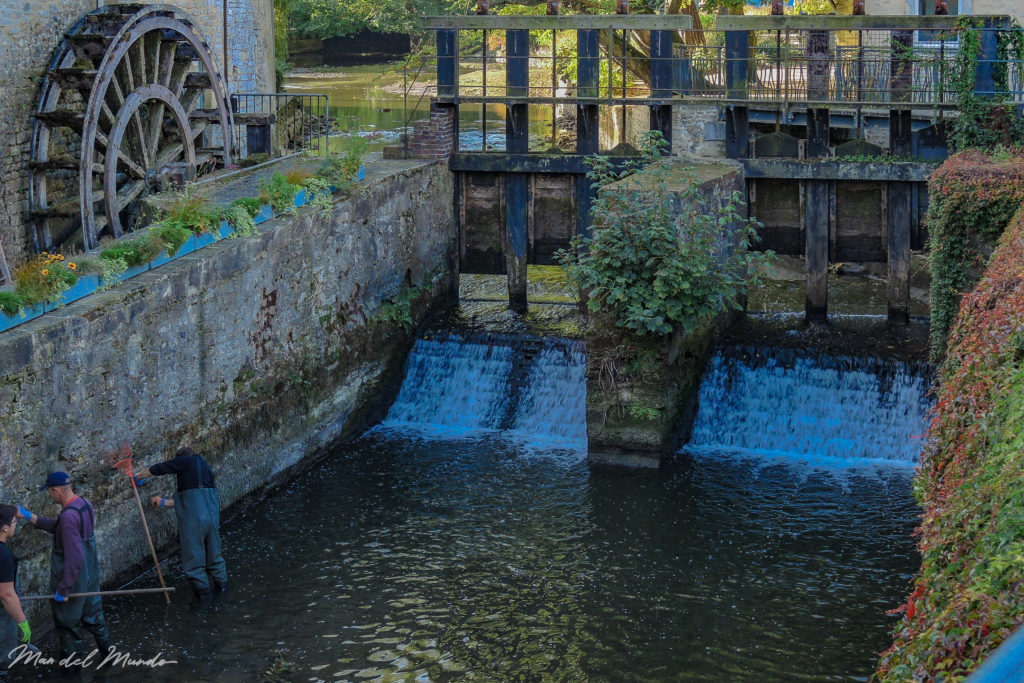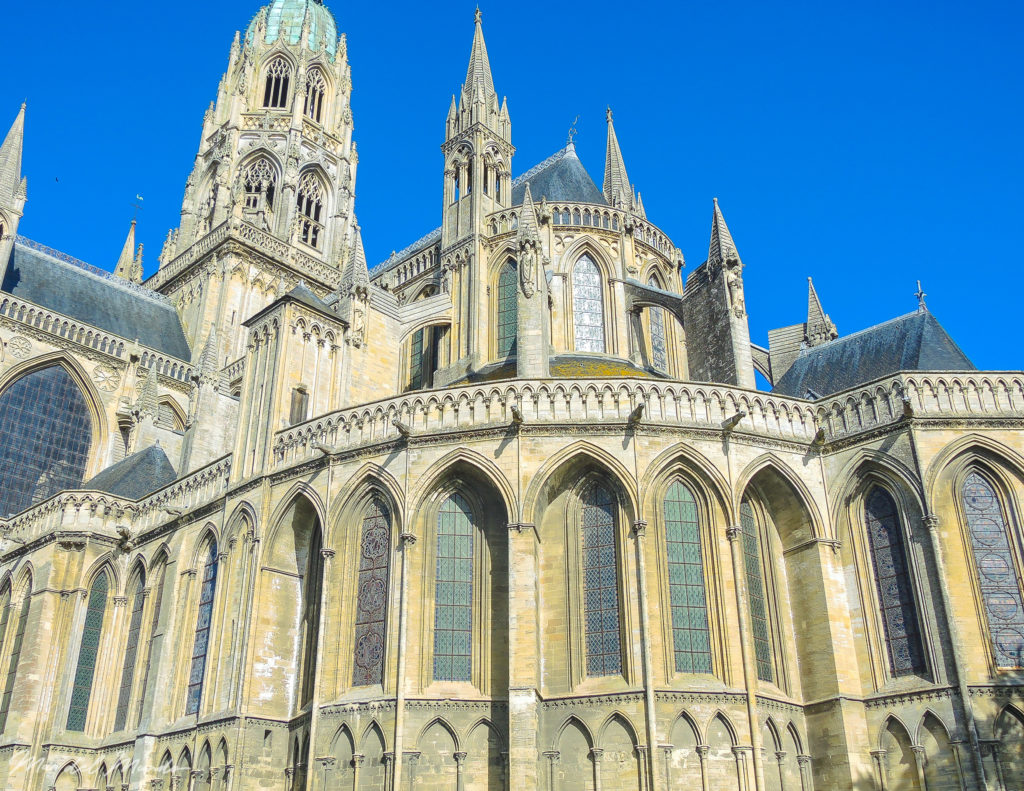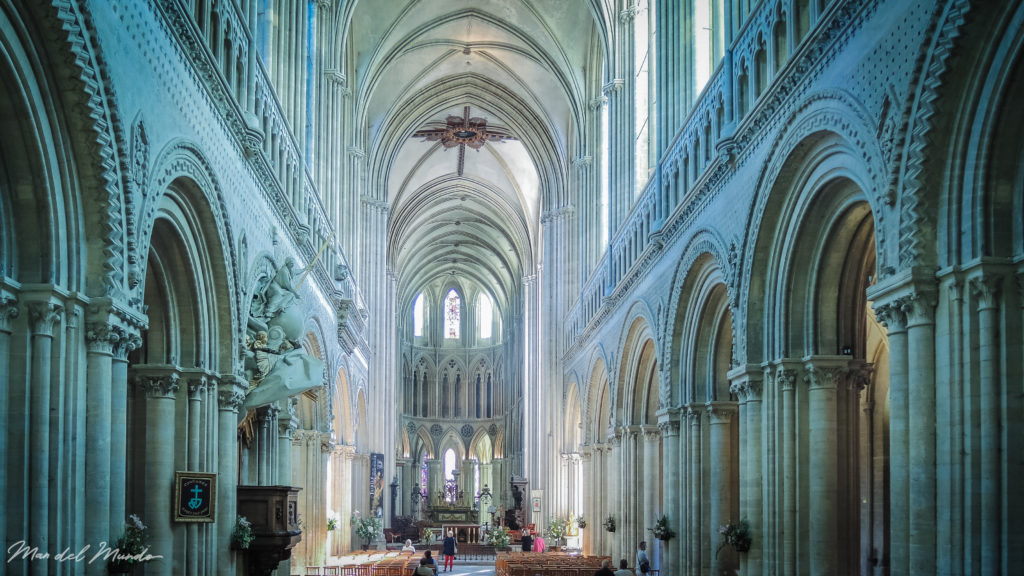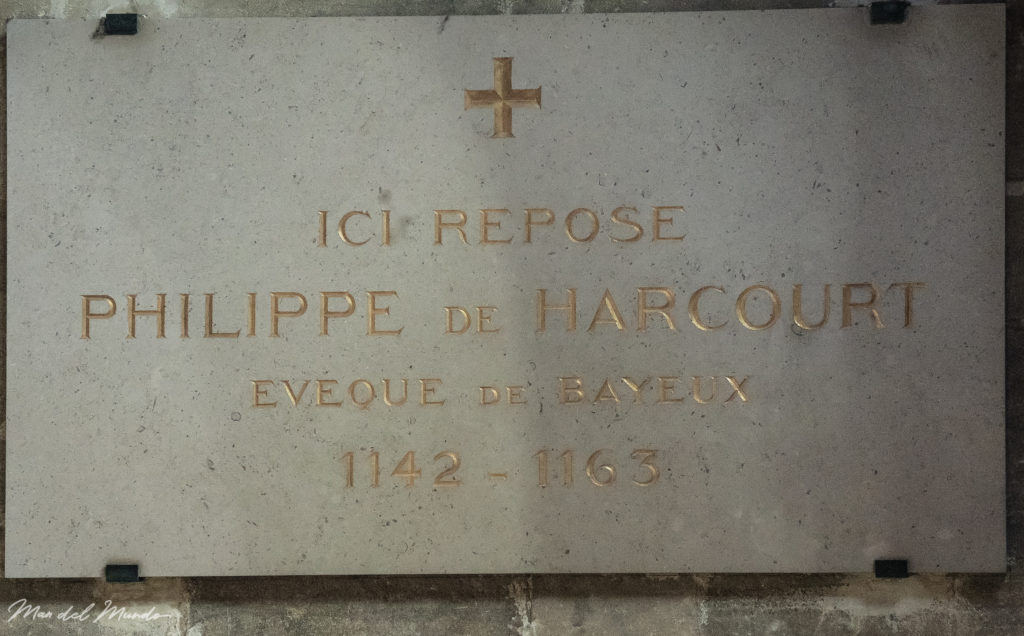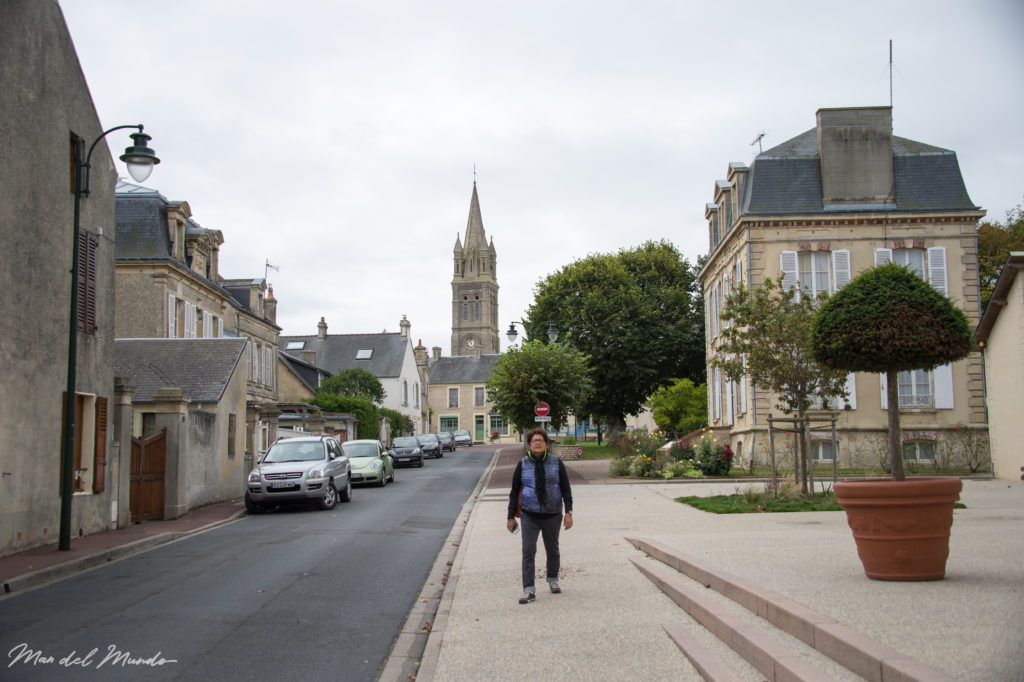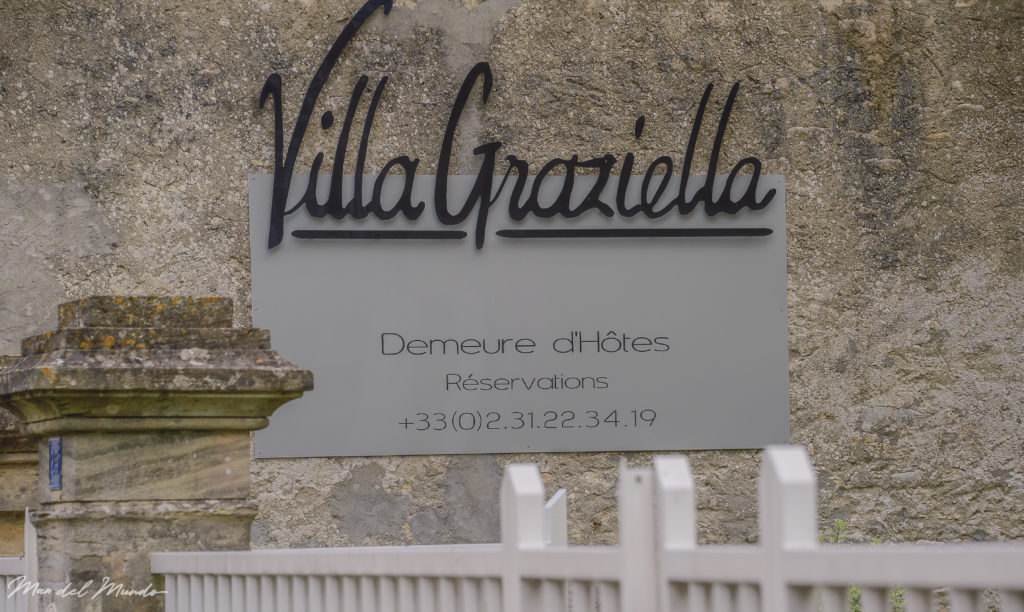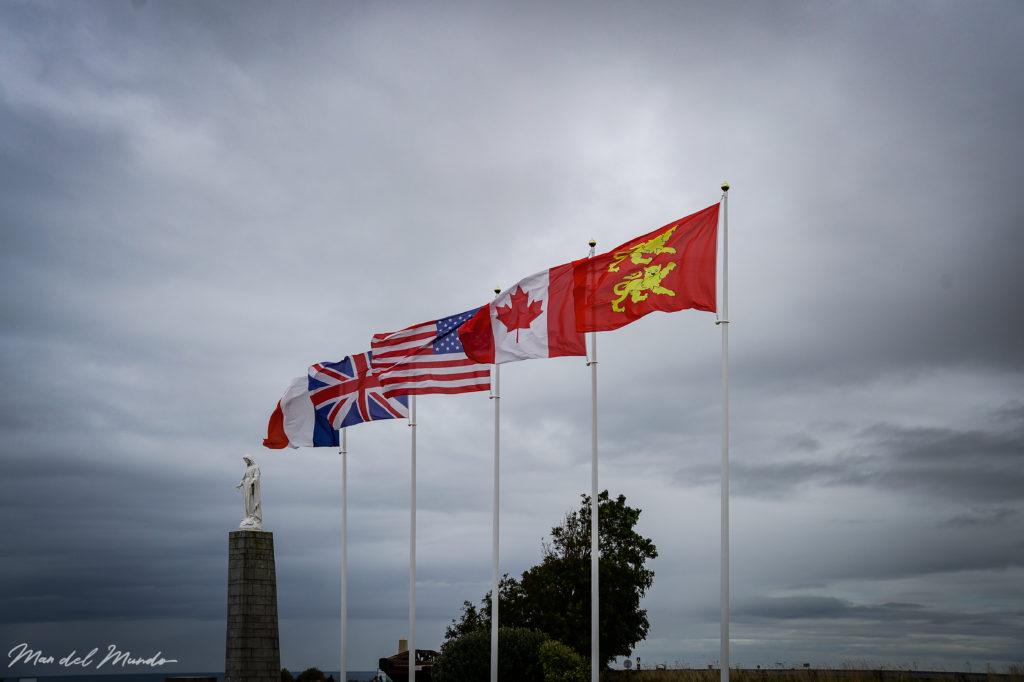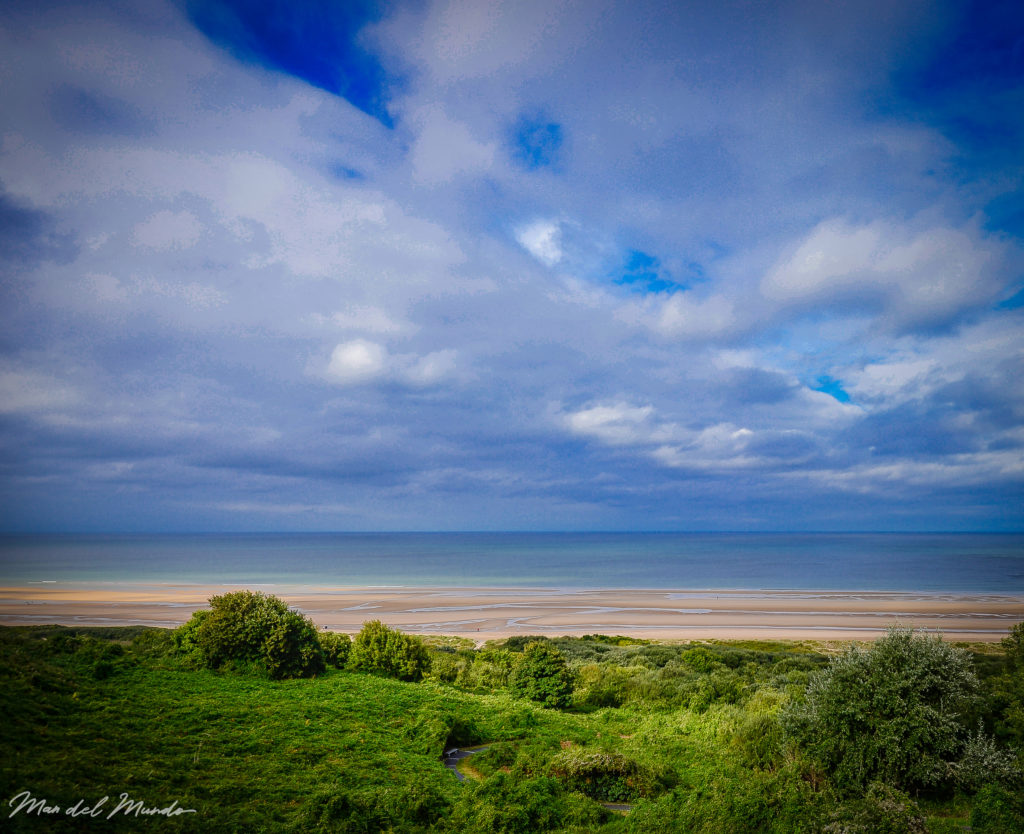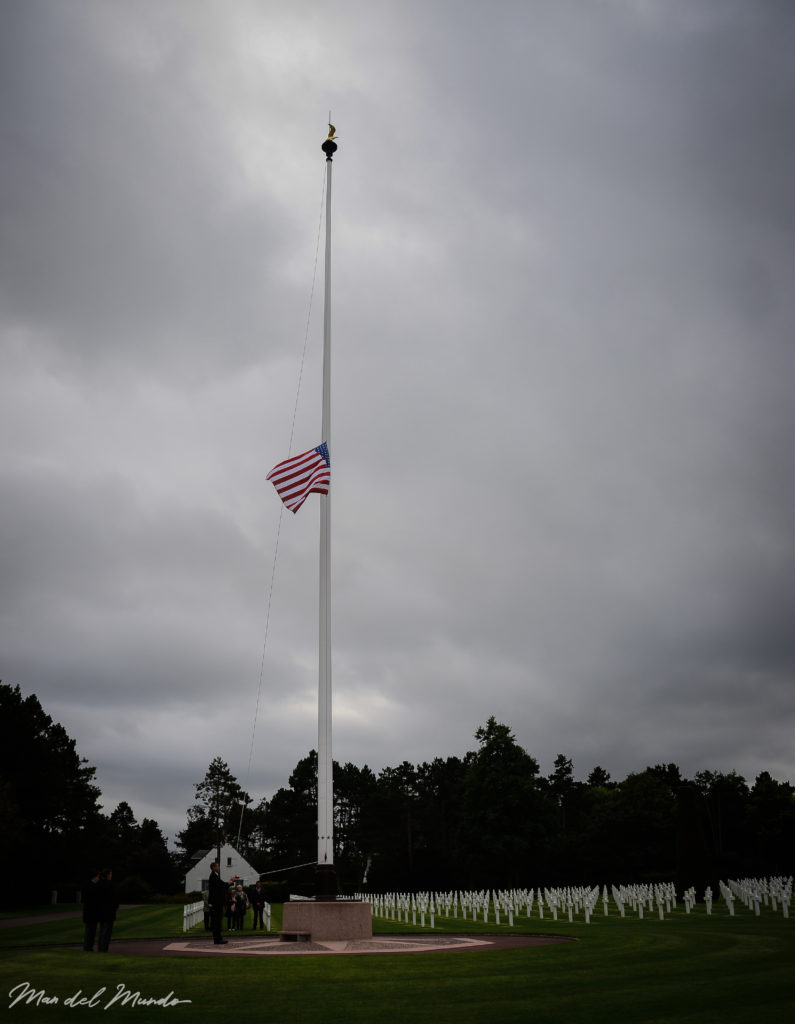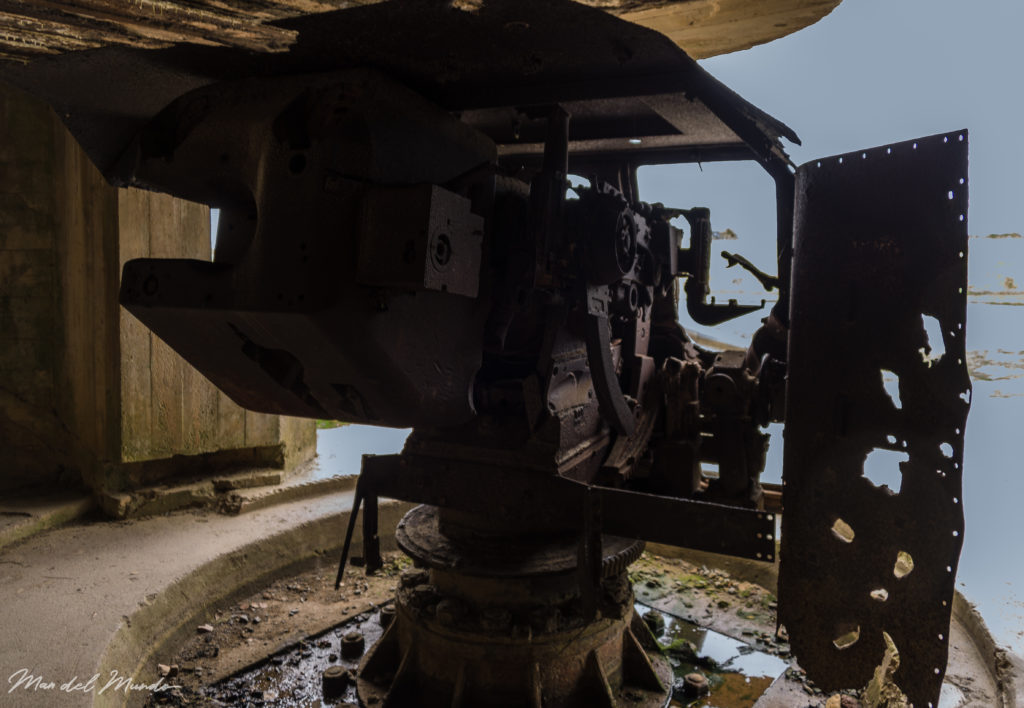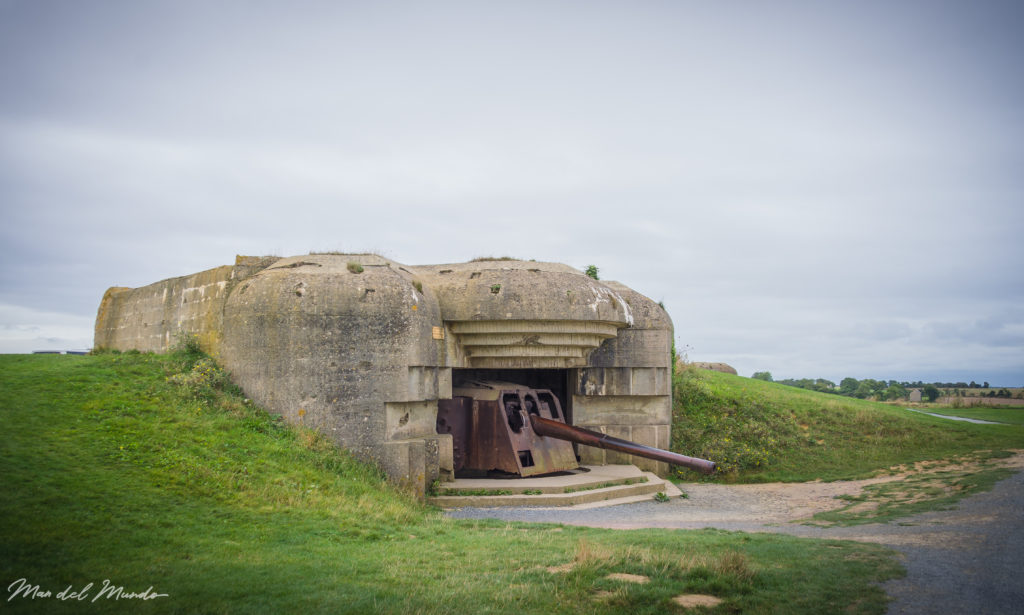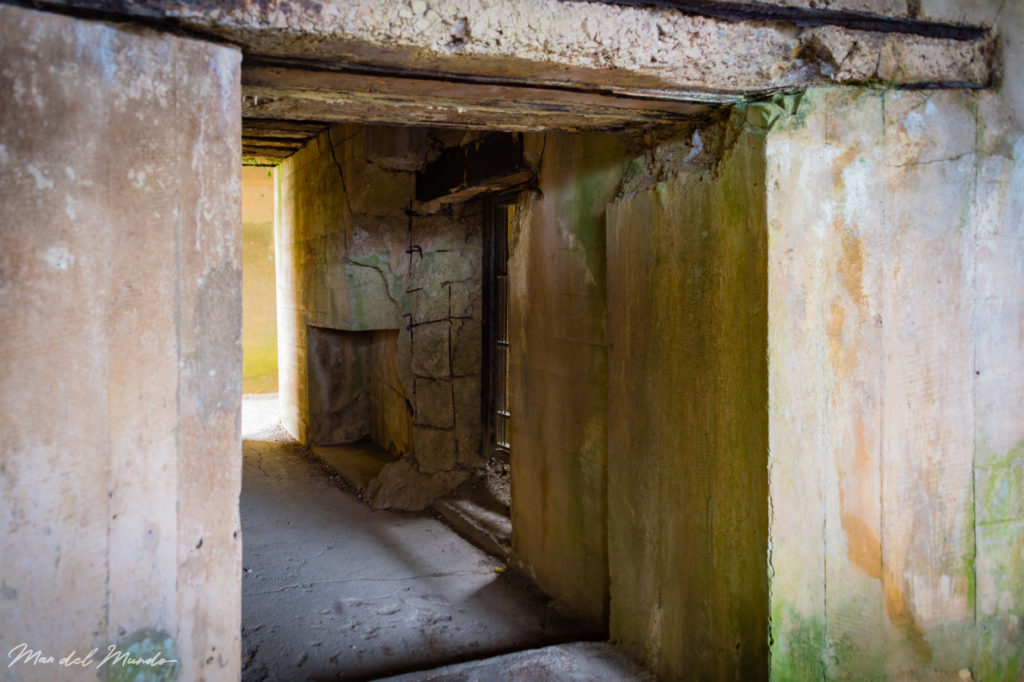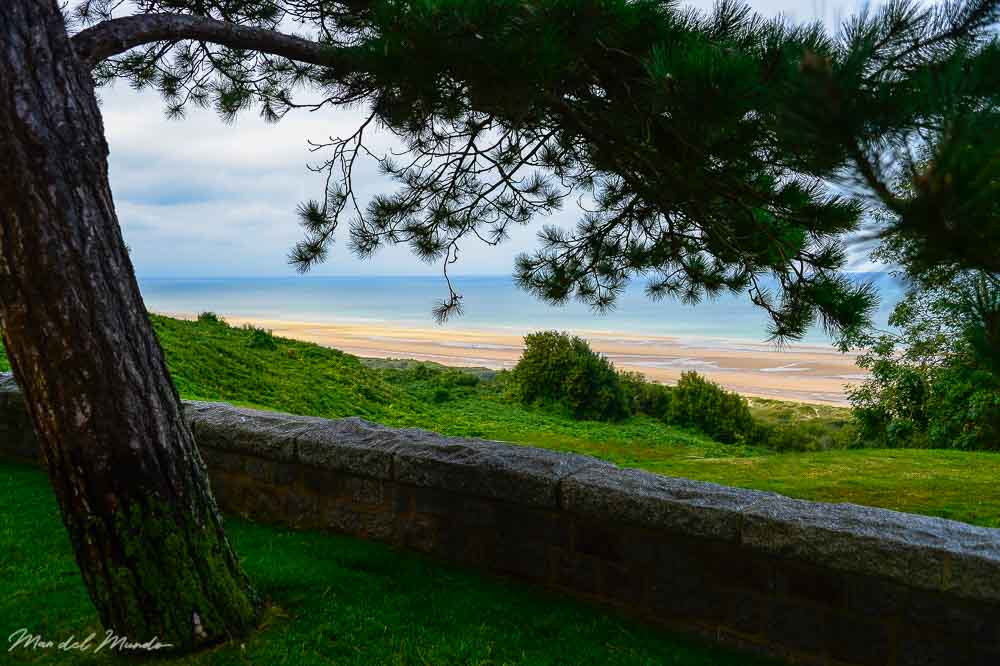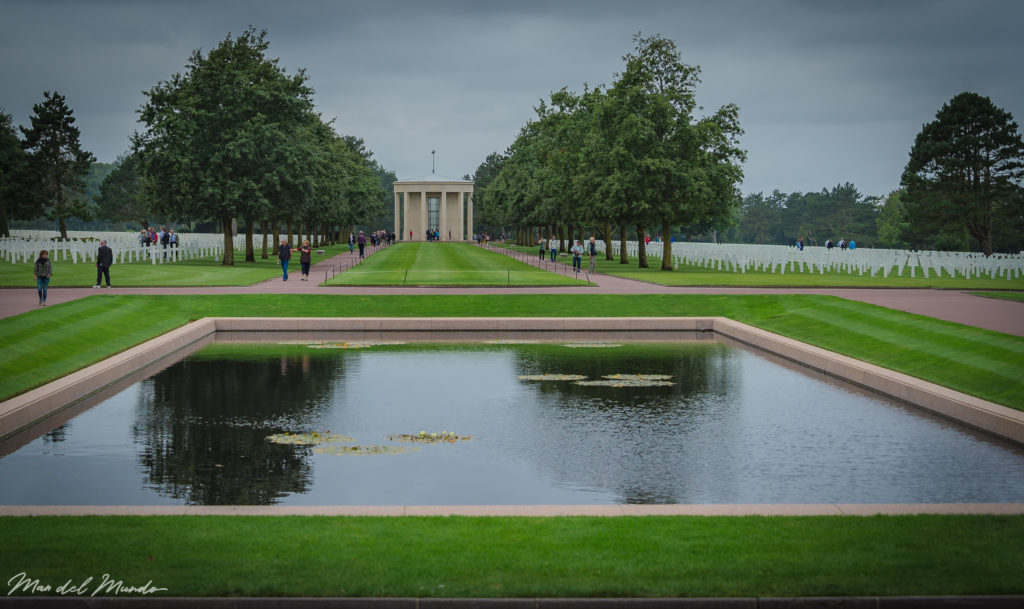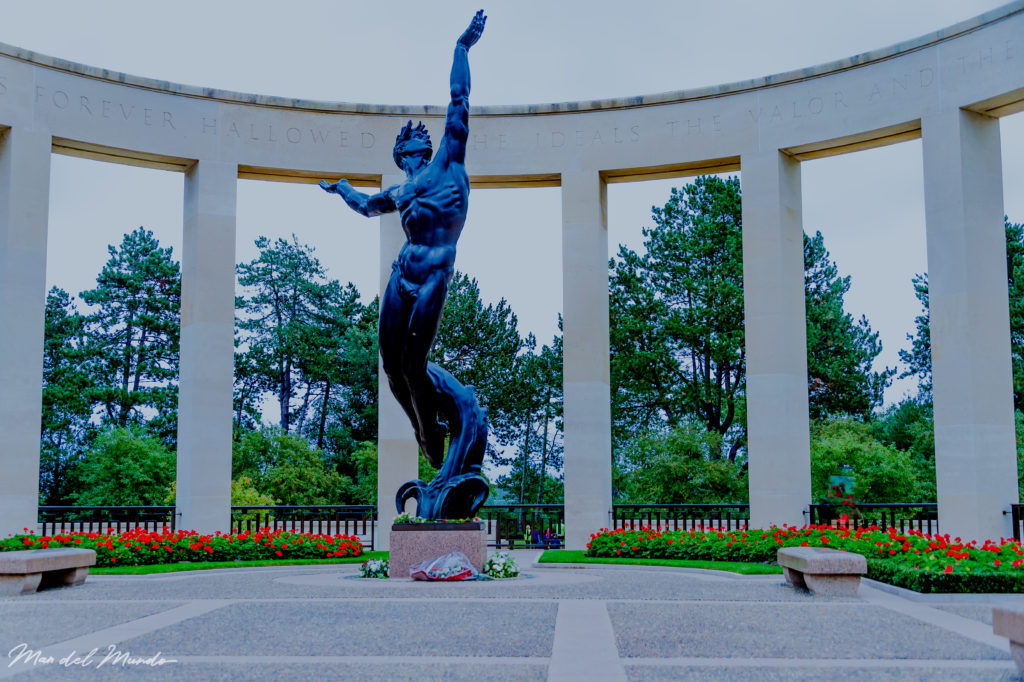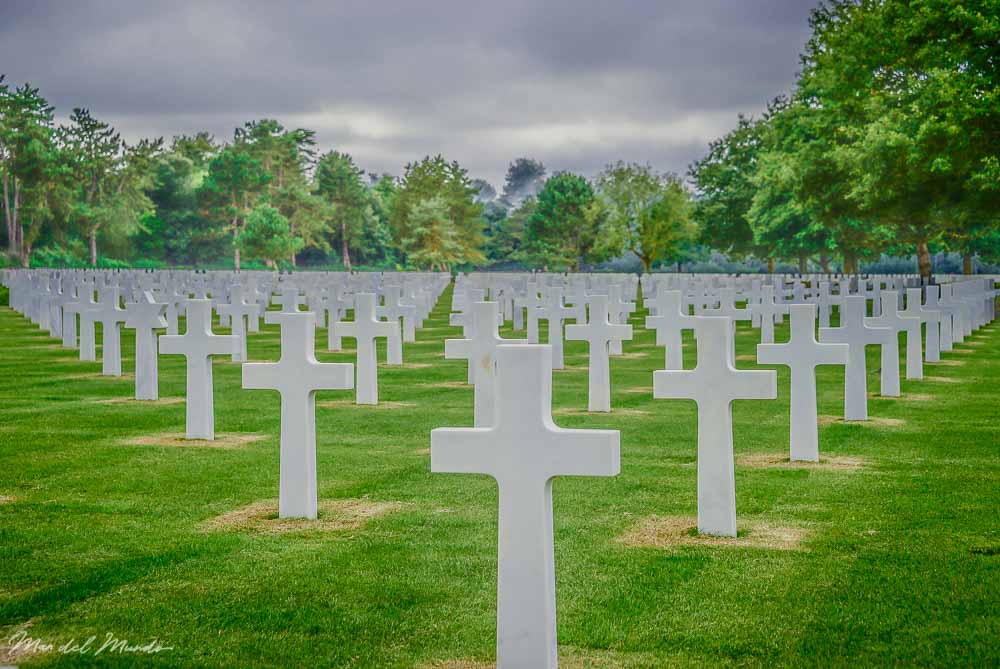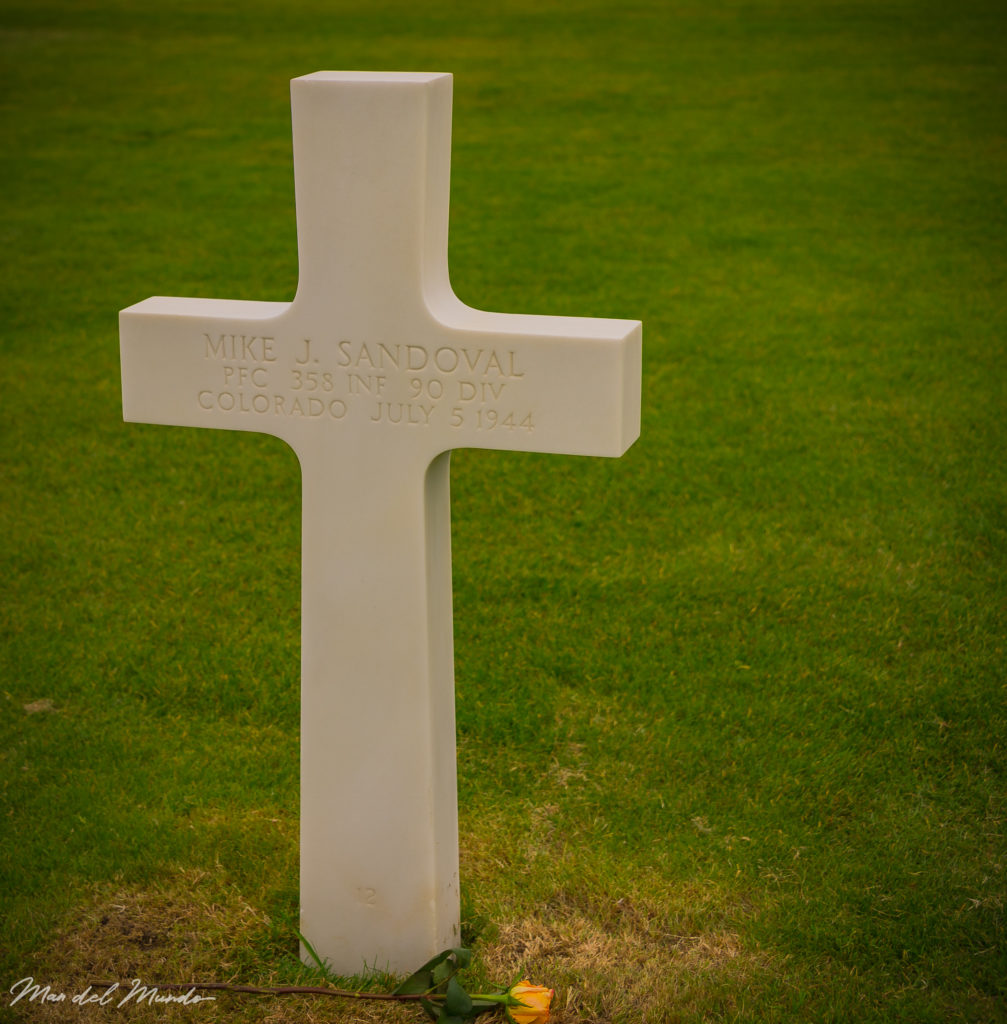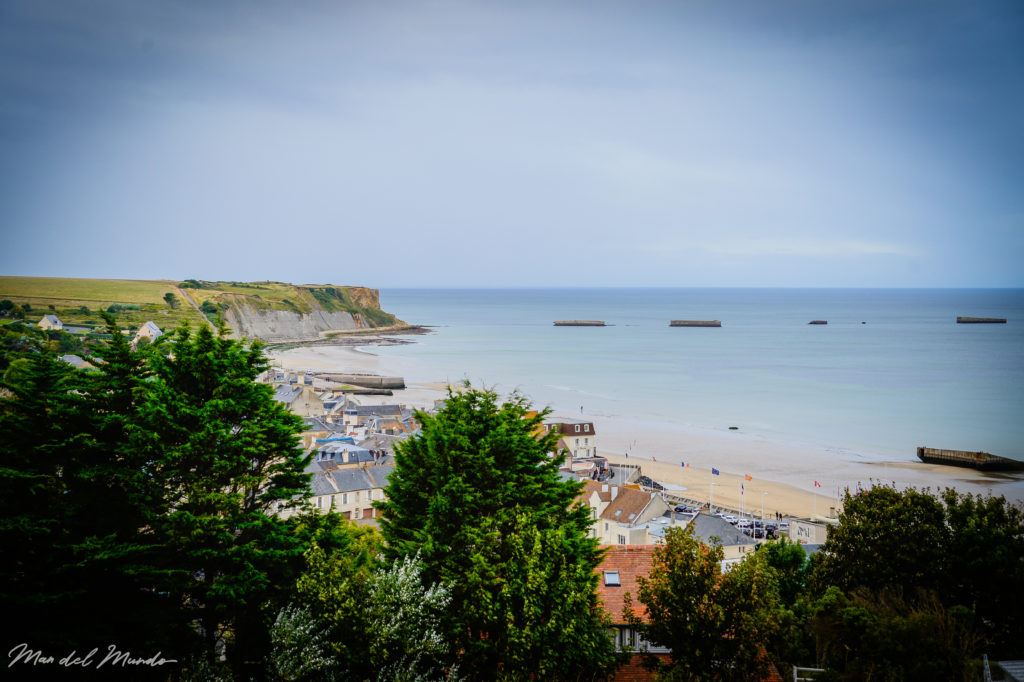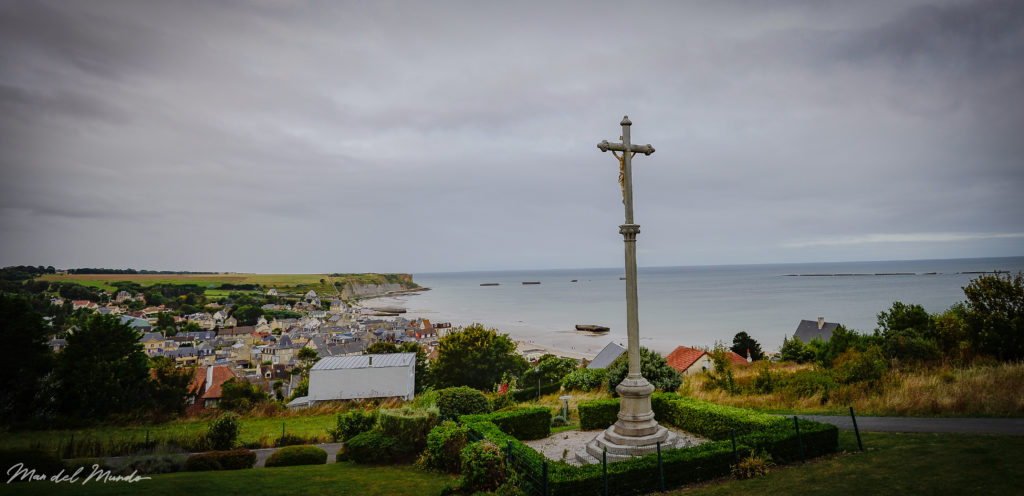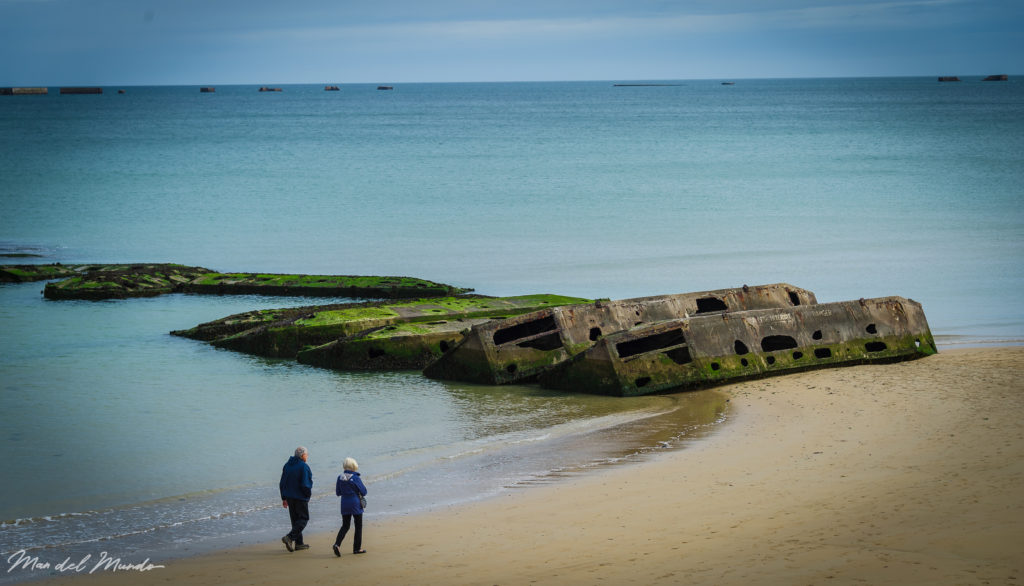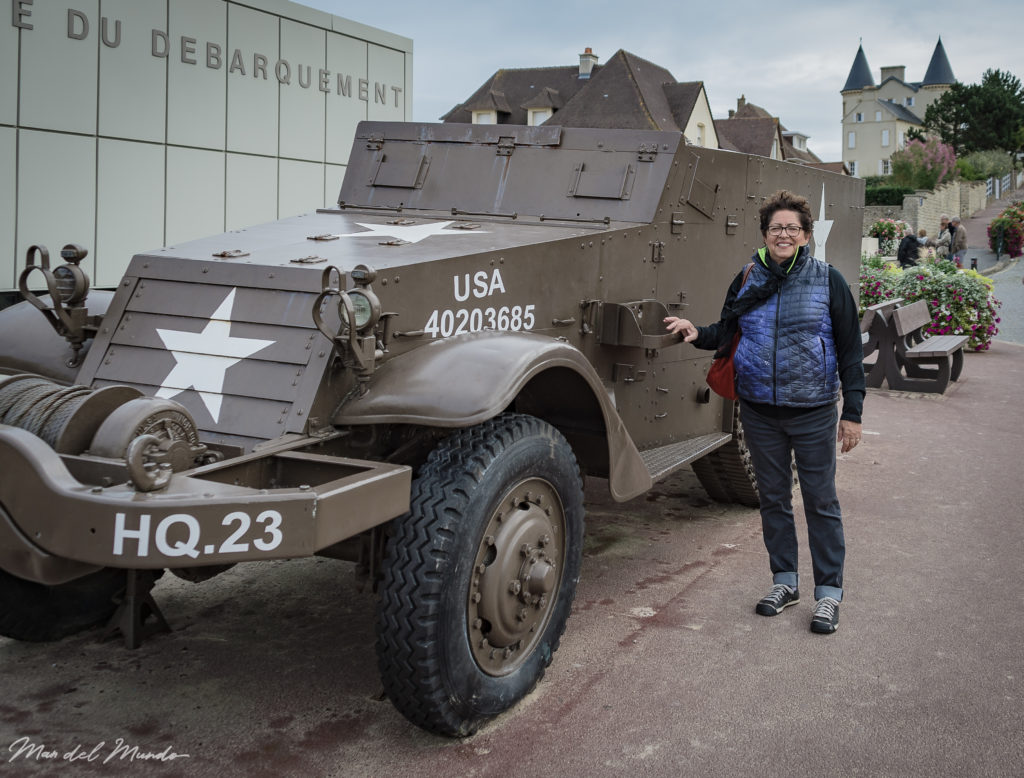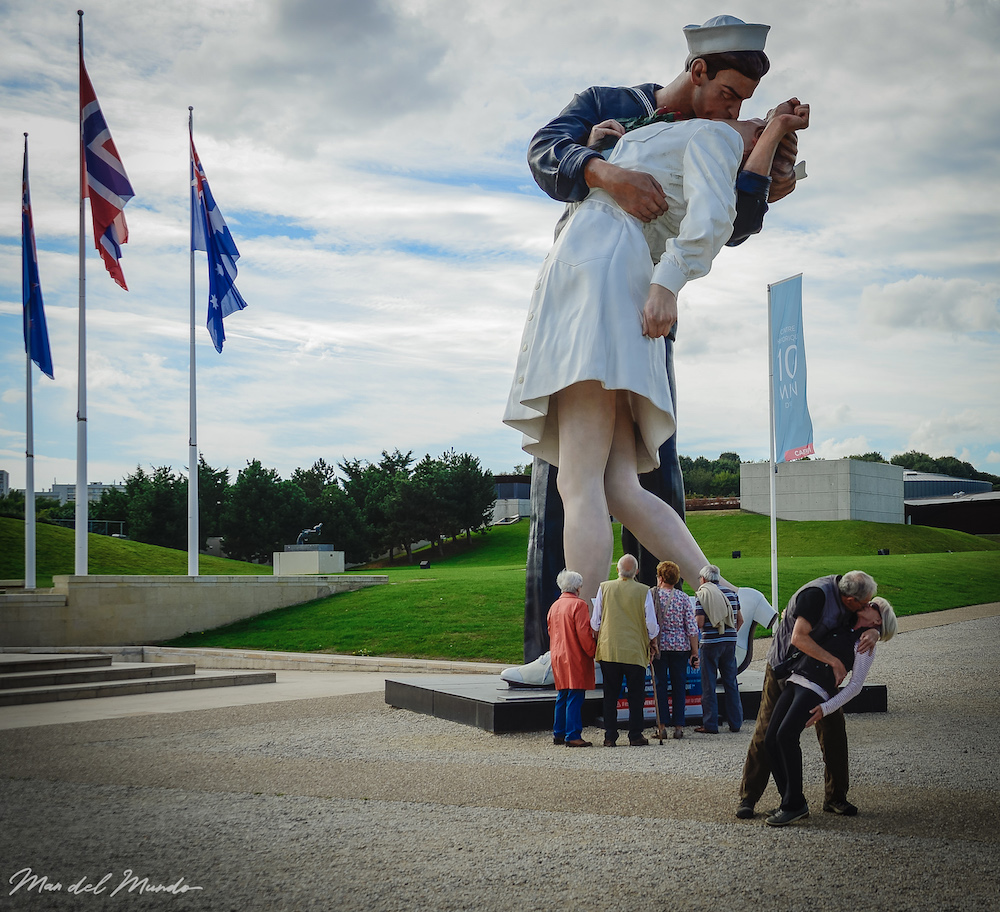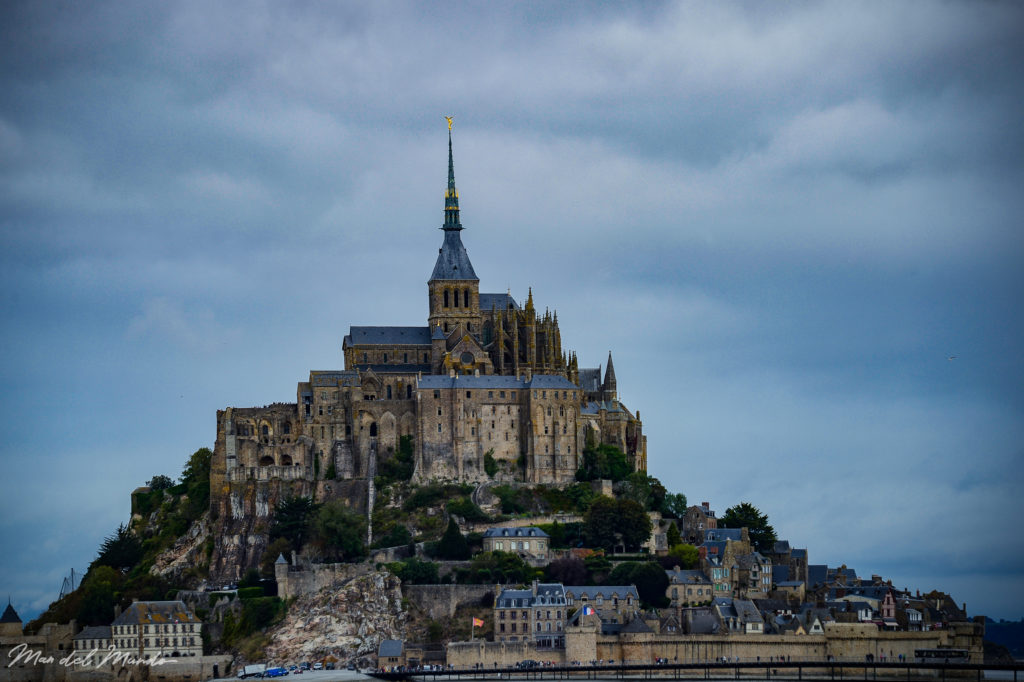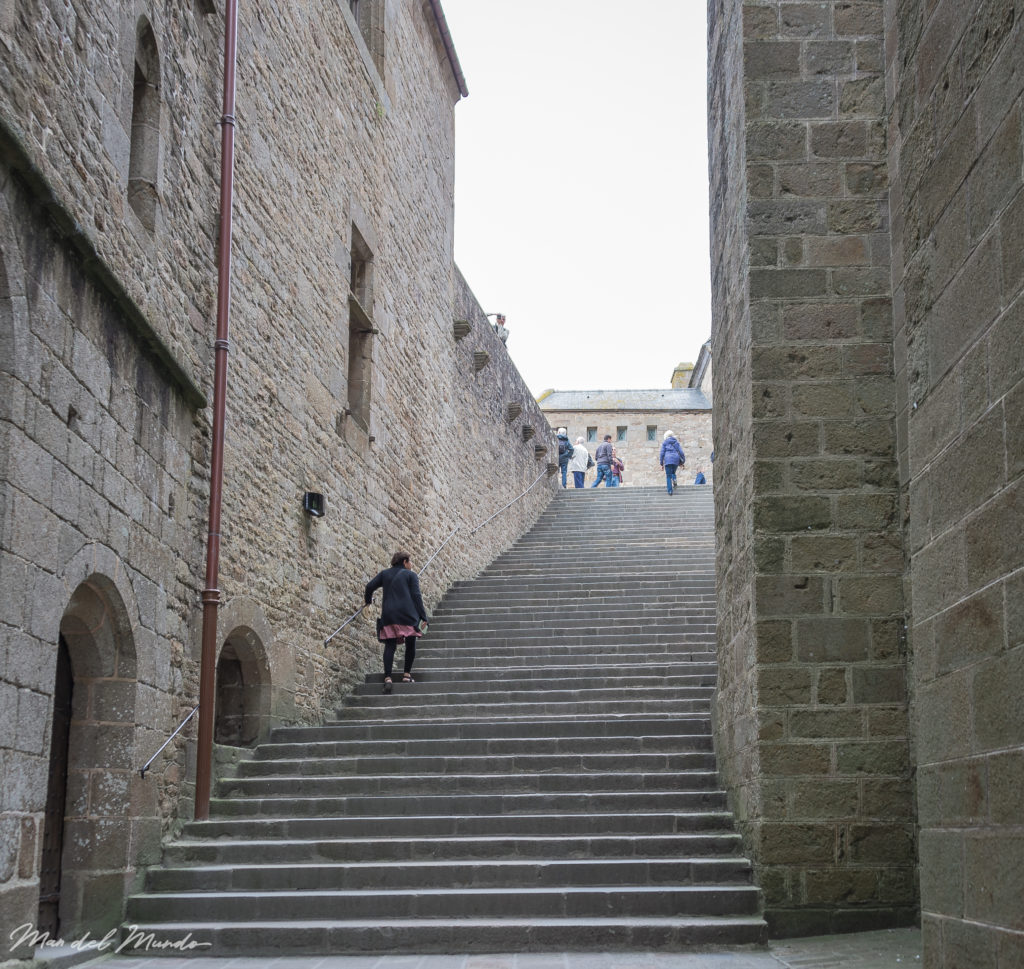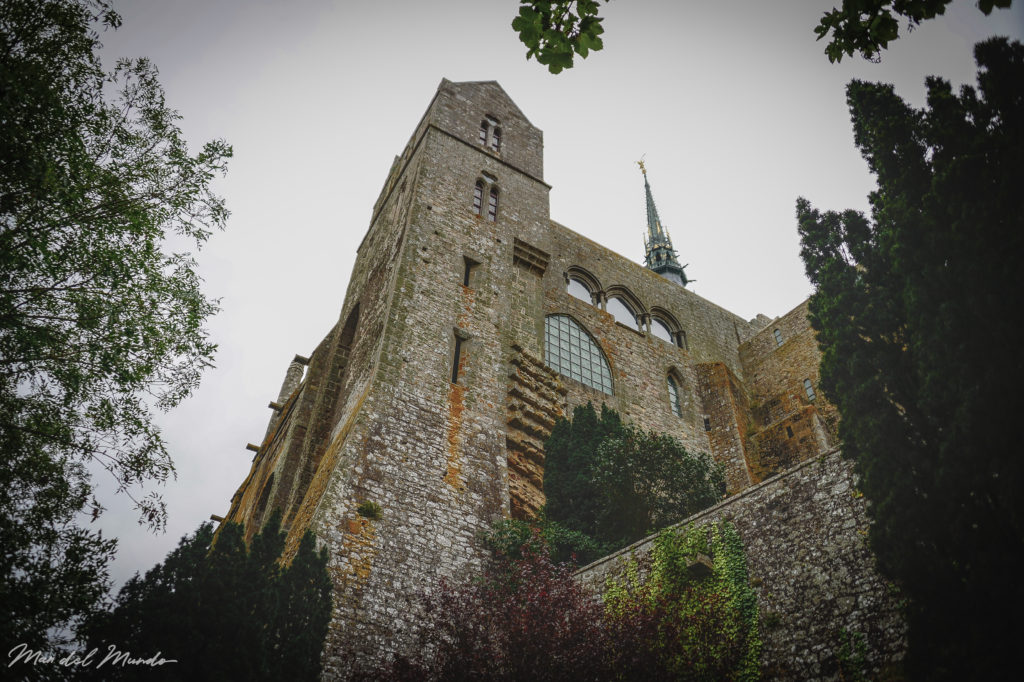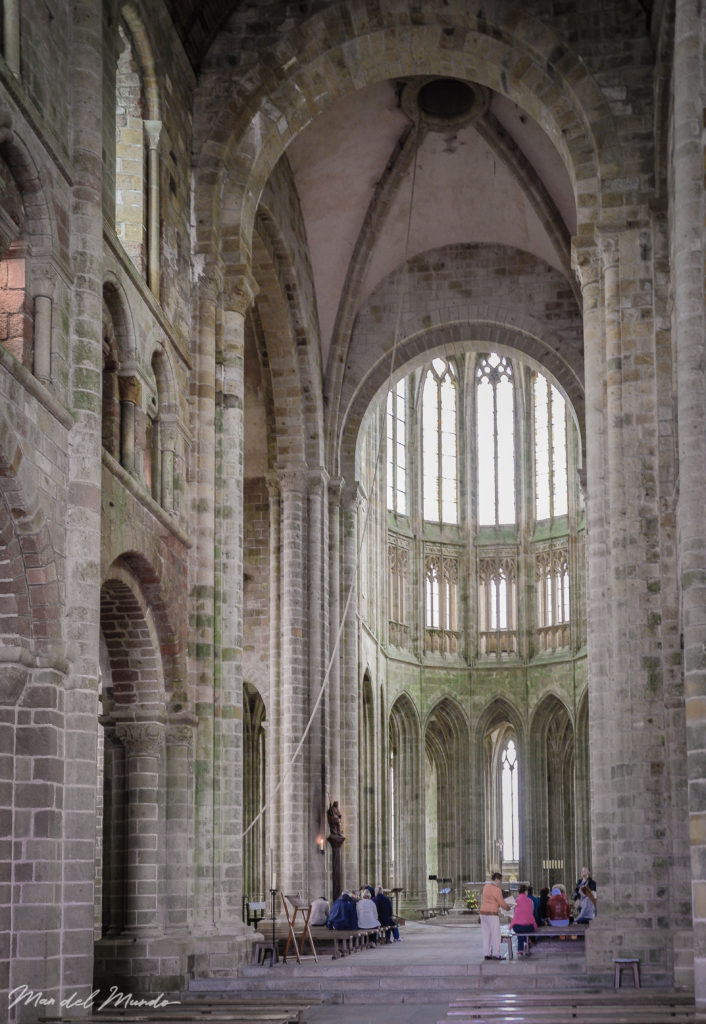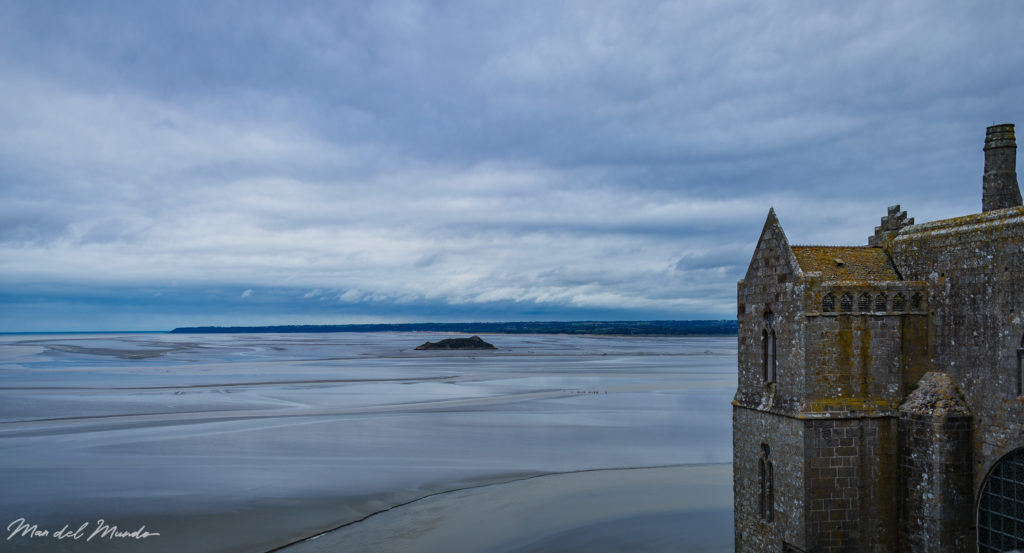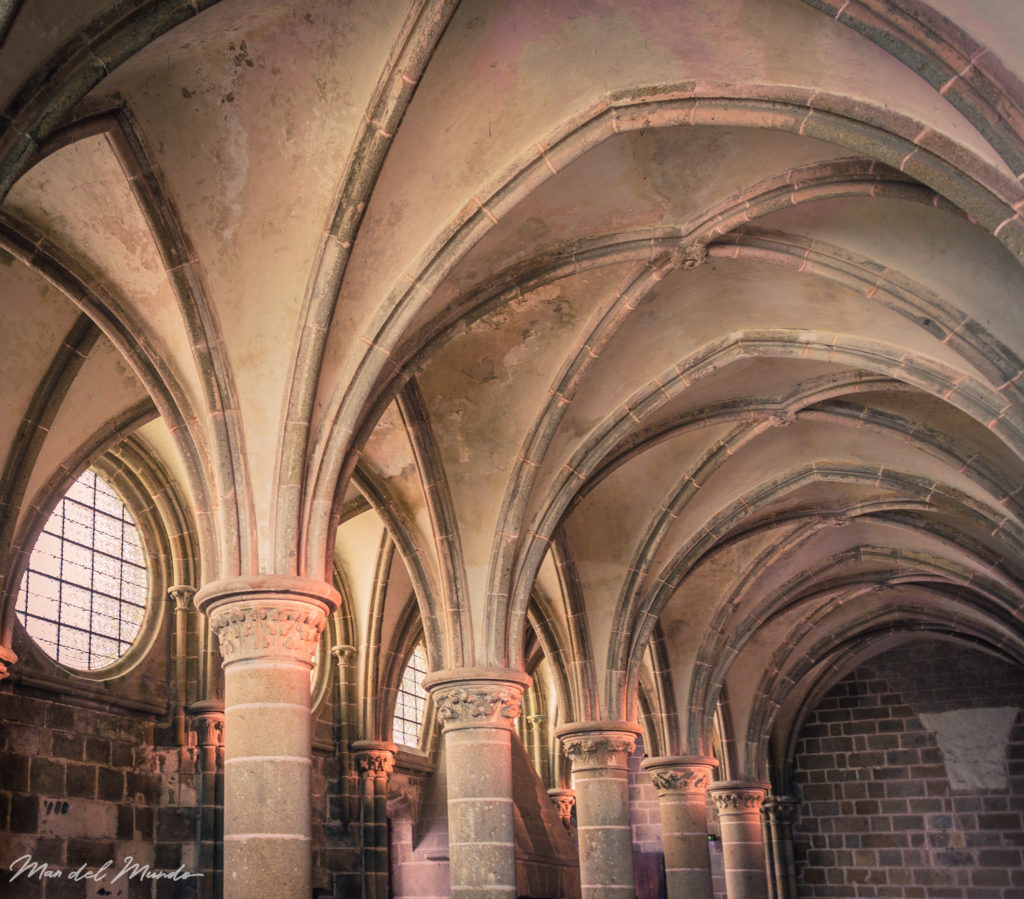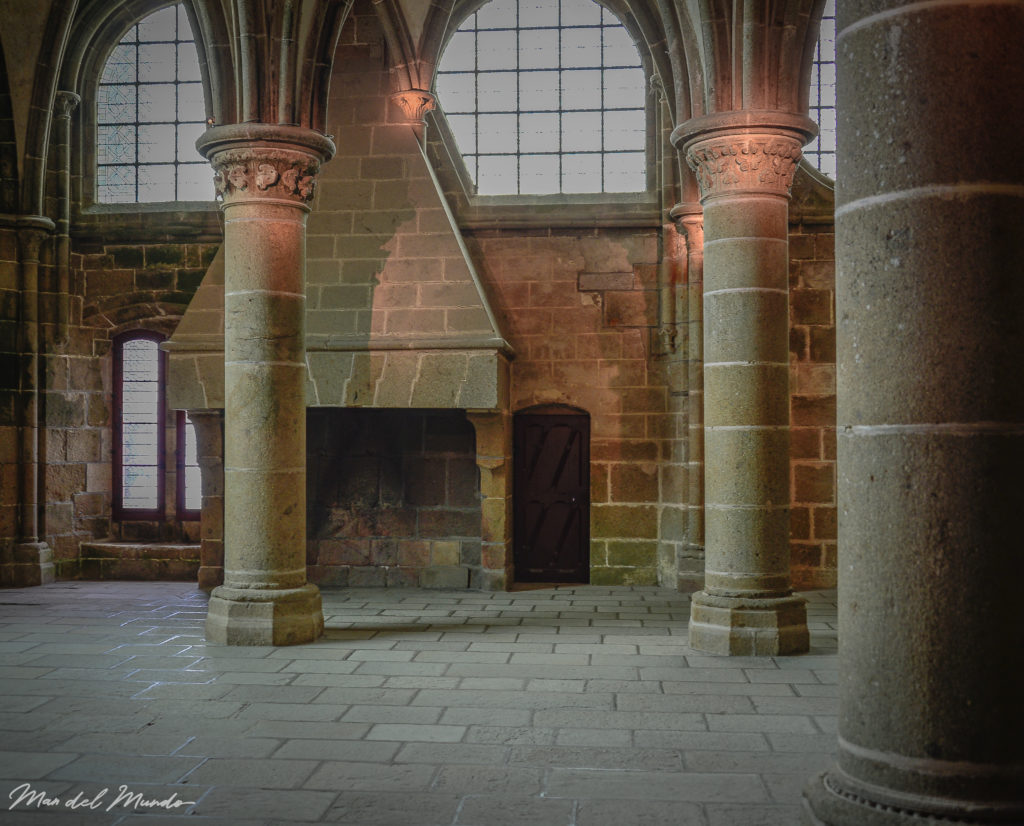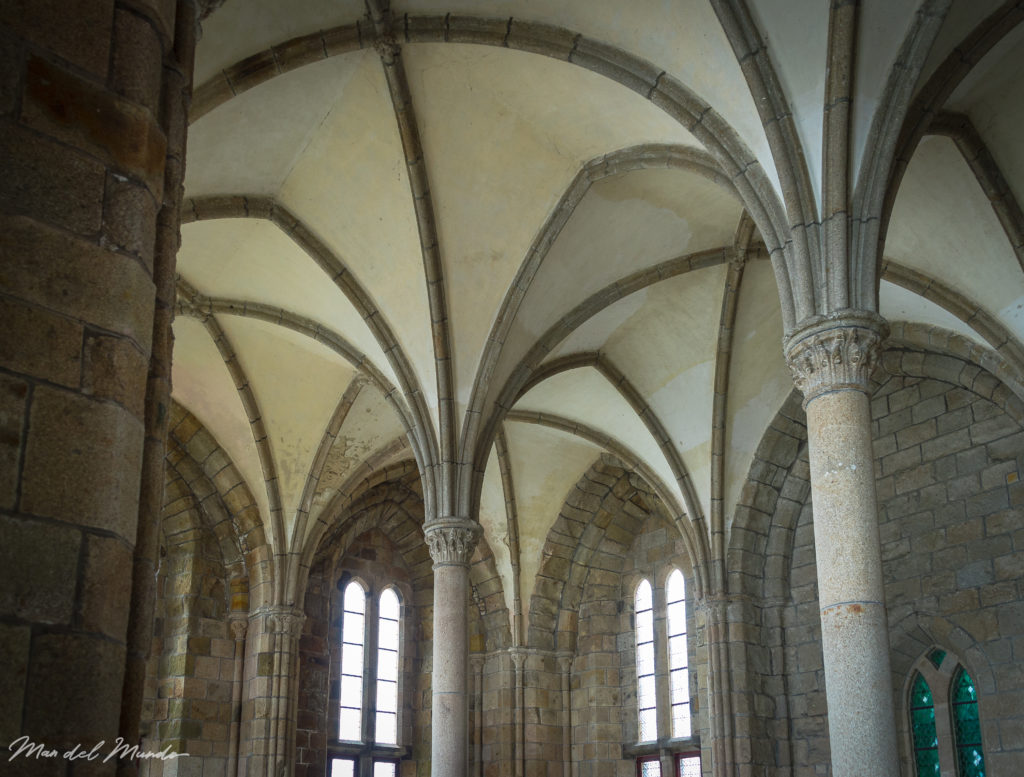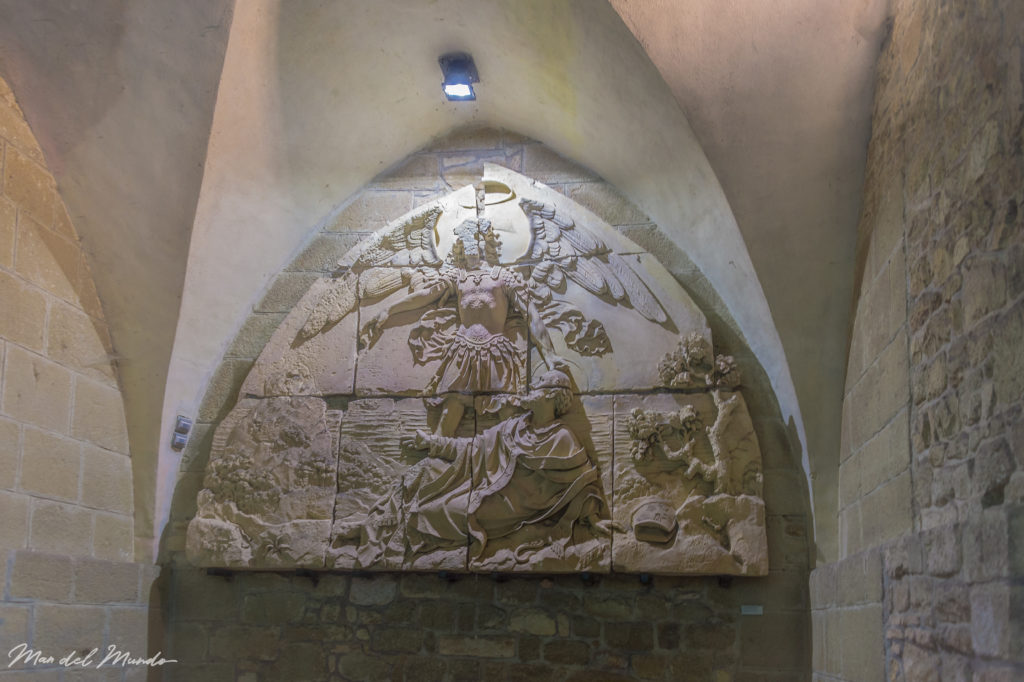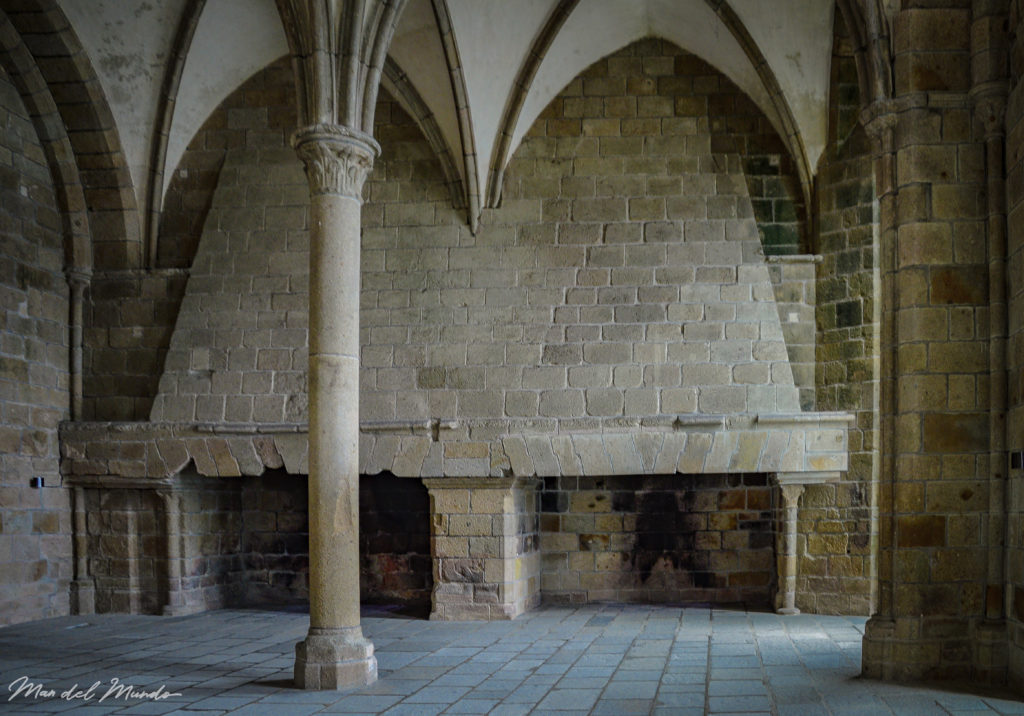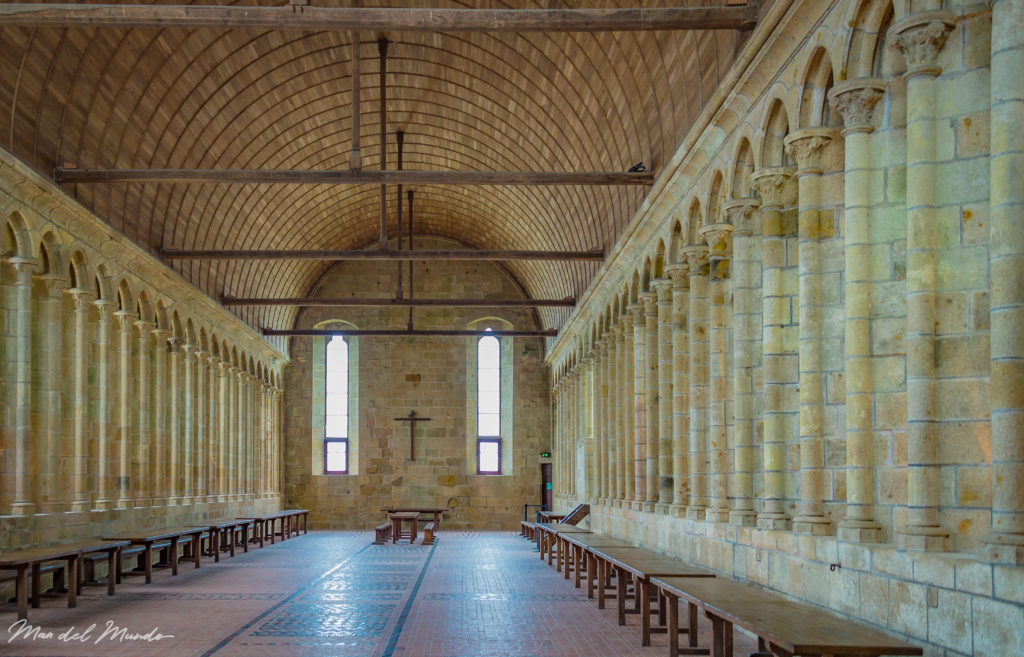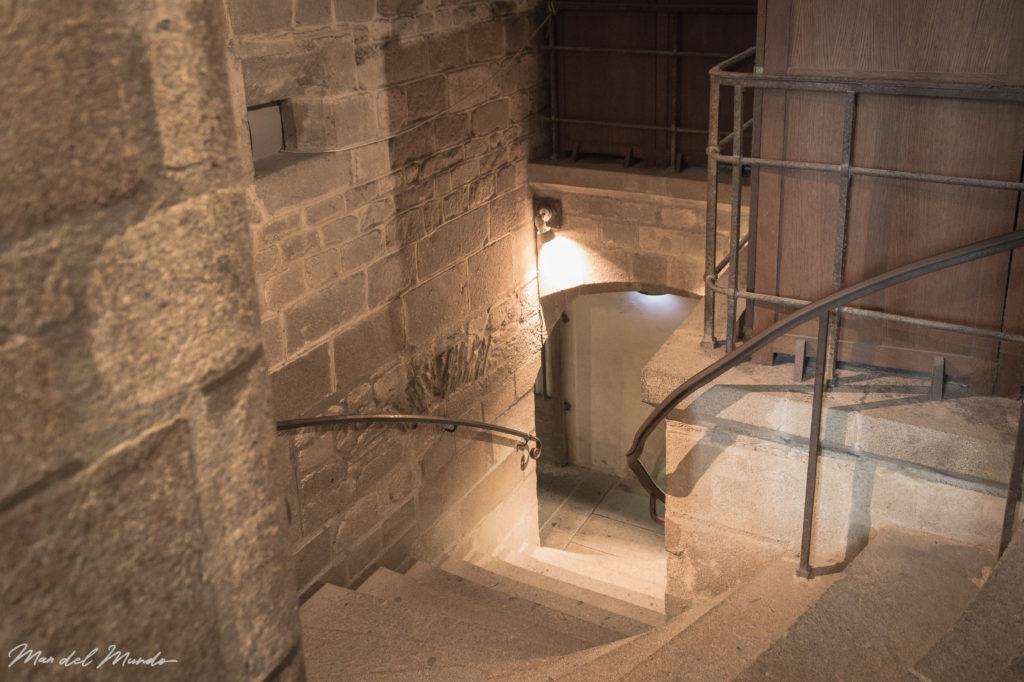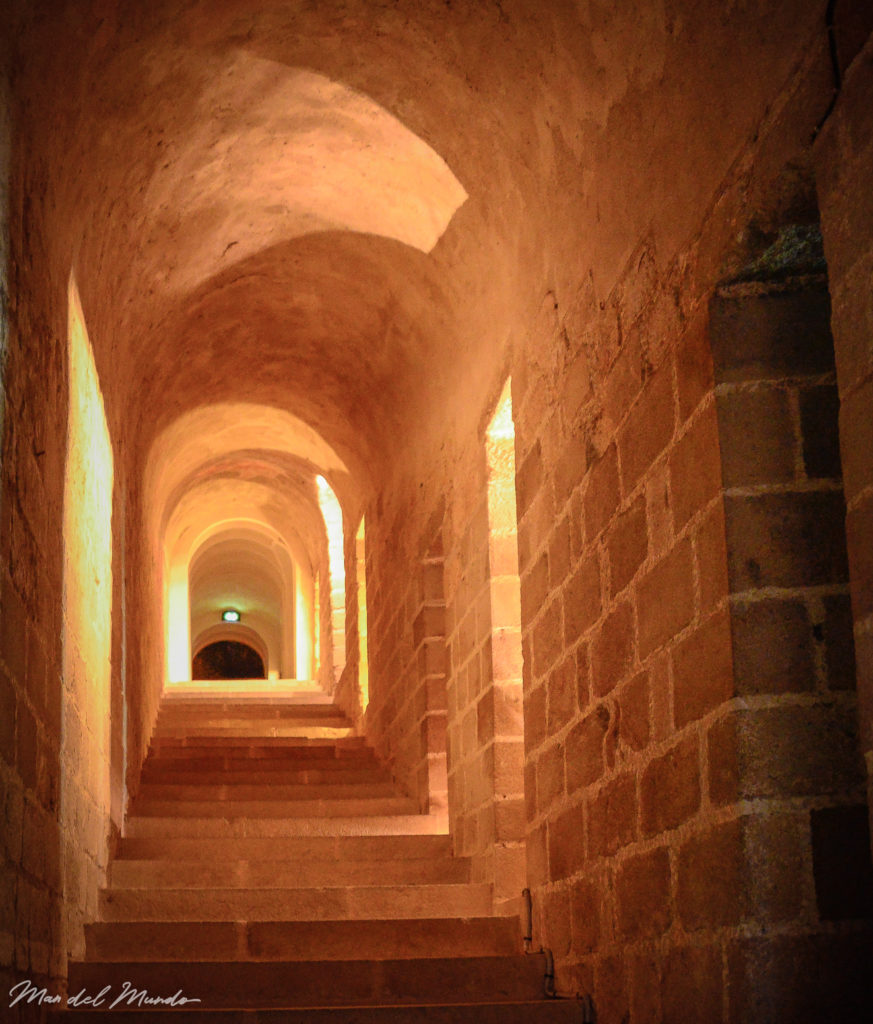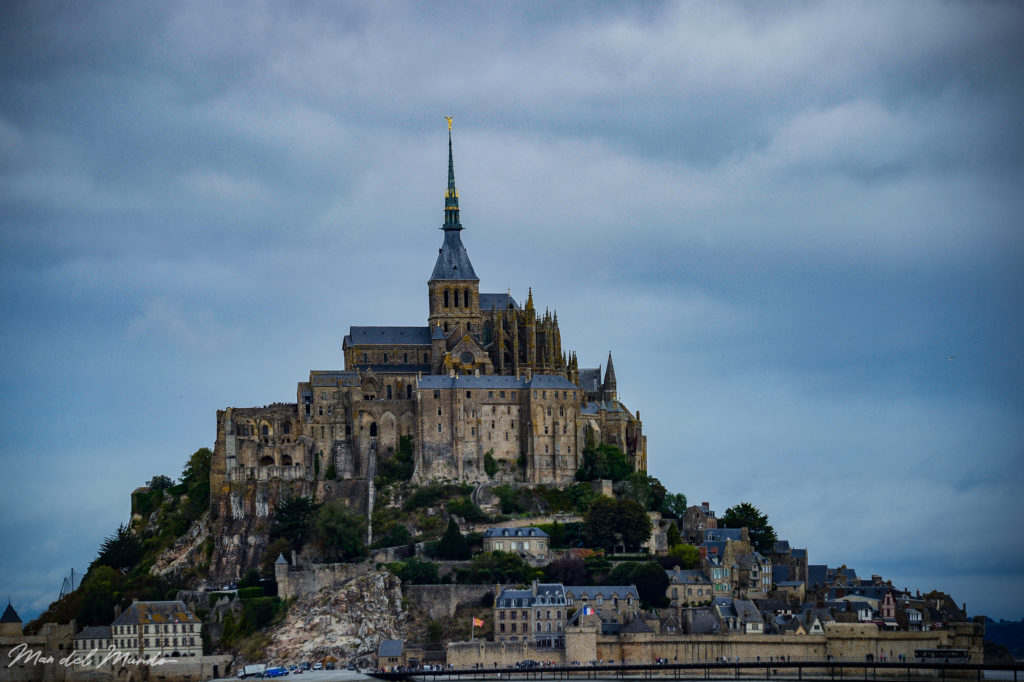Bayeux and Normandy Landings
Normandy is the Northern French region across the English Channel from England. It was the site of the major northern invasion of Europe by the Allied forces in June 1944 against the Nazi German occupation of Europe. Our family became acquainted with the area when our wonderful Magalie Villiard came to take care of Graciela the Great, descendent of Katherine the Great and Edmundo the Ordinary, while we were in Washington DC. We visited the Villiard family and became acquainted with the extraordinary events of 1944.
The region is known for the Norman (descendant’s of Norsemen Vikings) “William the Conqueror” who at the Battle of Hastings in 1066 conquered England. Normans were devout Catholics as shown in the following album depicting images from Bayeux, France near to where the landings took place in 1944. In the album I have included pictures from the local cathedral, scenes from the town, a statue of William and an inn dedicated to “Graciela.”
The Landings start with the Allied flags for “Operation Overlord” comprised of several landing sights including Omaha Beach, where American troops faced amazing barriers including weapon emplacements, mines, barbed wire, wooden and iron stakes. The main Allied objective was to secure a port for transferring weapons and supplies to support the invasion. To assist with this, the Allies built huge concrete slabs which were floated across the English channel and secured near the beach to build a dock system to transfer the equipment. I have included a panorama picture of the what it looked like in 1944 and what remains today. Finally, and most importantly, is the cemetery containing the remains of 4,414 Americans killed in the Normandy region and who made the ultimate sacrifice. We must never forget them!
Here goes:
Please click on the pictures to navigate through the images and captions.
MONT SAINT-MICHEL
This incredible tribute to wonderful architecture and engineering originally served as a natural fortification protected by the significant tides that continue to engulf the island and the beautiful castle now serving as an abbey and monastery serviced by Benedictine monks. Pilgrims continue to come to pray and enjoy the reverence practiced by its keepers. King Louis XI once used it as a prison.
Katherine and I have visited this site on three visits to the Normandy region. I never cease to marvel at the beauty of the workmanship as witnessed by the following pictures of the eating halls, kitchens and hall ways. The arches provide support for the significant weight of the stone structures above them. During WWII, the Germans did capture the site, but did not consider it of strategic significance. A great story is that after the Allies captured the Mont, Ernest Hemingway, serving as a war journalist along with several others lived in the Mont, made one of the inns a central rallying point as they followed the war to Paris and then to Germany. This is a very special place, it reminds me of the castles in the stories my mother read to me when I was little.
Here goes:
Please click on the pictures to navigate through the images and captions.

